In my 20's, writer, history nerd since forever. I follow back from @ sonata-in-ink
Don't wanna be here? Send us removal request.
Photo

Caraco, 1780, France.
60 notes
·
View notes
Text

Terracotta Oinochoe, Greek, circa 625 BC
from The J. Paul Getty Museum
585 notes
·
View notes
Text

Rock crystal rhyton, Minoan, circa 1500 BC
1K notes
·
View notes
Text

Embossed breastplate crafted by Lucio Piccinino of Milan, Italy, circa 1580
from The Victoria & Albert Museum
267 notes
·
View notes
Photo

Ancient library of Celsus in Ephesus, 117 A.D.
76K notes
·
View notes
Text

Andrew Ridley - Stone Circles Isle of Skye, Scotland.
17K notes
·
View notes
Text

Corinthian type bronze helmet, Greece, 7th century BC
from Hermann Historica
144 notes
·
View notes
Text
Dido Elizabeth Belle’s half-sister, Elizabeth Lindsay
Research continues into the life of Dido Elizabeth Belle, daughter of Sir John Lindsay, yet to date only a limited amount of information is widely known today about the life of his other illegitimate daughter, and half-sister to Dido, named Elizabeth (known as Eliza) Lindsay aka Palmer, as to a large extent she seems to have been written out of history. However, it would be Elizabeth and her…
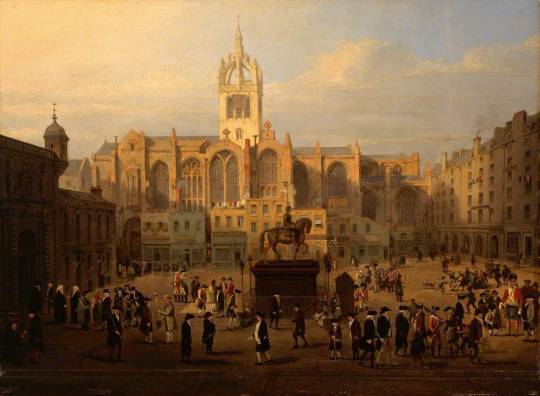
View On WordPress
1 note
·
View note
Photo
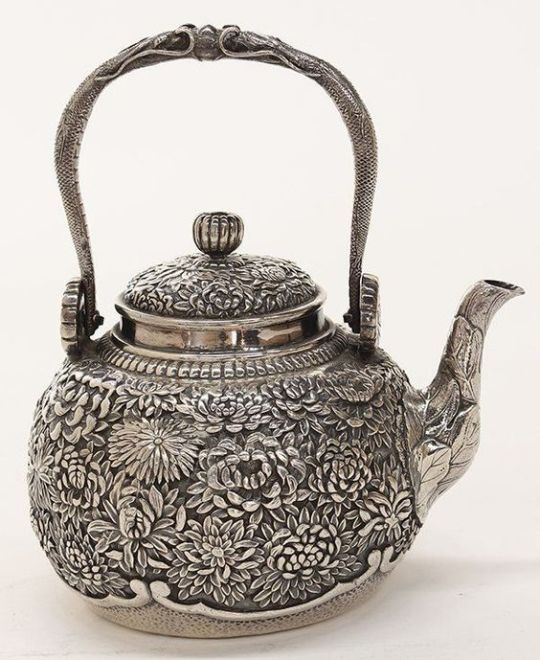
Sterling silver teapot, late 1800s, Japan.
9K notes
·
View notes
Photo

Magnolia Cemetery in Charleston, SC. Photo by Brandon Coffey.
135 notes
·
View notes
Photo
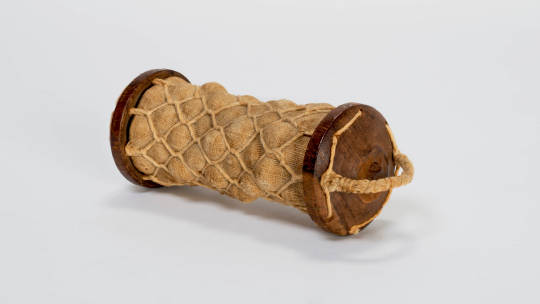
Stool of Grapeshot, 1800-24
This small collection of musket balls, “quilted” or wrapped in burlap and twine netting with wooden ends, was a deadly package. It could be used at short range and was designed to incapacitate as many of an enemy ship’s crew as possible. Loaded into a small rail-mounted gun, the quilted or sewn cloth disintegrated when fired, scattering the shotgun pellets much like a modern shotgun. And served to decimate the opponent’s crew.
106 notes
·
View notes
Photo

Grodental wooden doll with tuck comb, early-mid 19th century, possibly 1830s
659 notes
·
View notes
Note
First off, love your blog. Second, I was wondering what happened to the British army between the American revolution and the Napoleonic wars. I've heard alot of people say that by the end of the revolution, the British army was very professional and had even begun experimenting with light troops and cavalry. But then when I read about the peninsular war, wellington complains his infantry are a bunch of plundering ex-convicts and his cavalry are undisciplined and "charging at everything". I realize there's a pretty big time gap between the two wars but what happened?
Thank you, well that’s a very good question indeed! The British Army did indeed learn a lot during the American Revolution, and became very proficient in fighting in North America, but ironically it then unlearned all its lessons in the immediate aftermath. A cabal of senior British officers who had not served in America disdained stuff like open files at open order or the reliance on light infantry. They wanted to “Prussianize” the British Army, focus back on in massed, slow moving formations of infantry employing large amounts of firepower to win. Their school of thought won out. It can’t be seen as a totally backward step, since a lot of the things that worked in American wouldn’t have worked in Europe, which is where the British were preparing to fight next, but it was foolish that light infantry stuff in particular was mostly discarded and had to be re taught by the likes of John Moore (himself a RevWar veteran).
In terms of the social makeup of the army, I’m less certain about that, but I imagine the changes we see are related to the increasing industrialisation. We’ve got soldiers coming from mostly agrarian or small time urban backgrounds in the RevWar, but by the early 1800s an increasing number are coming from city and industrial backgrounds, which is what becomes the norm in the Victorian Era. I’m guessing that’s where the “scum of the earth” idea comes from, but I don’t know enough about the Napoleonic British Army to know how true it really was. I’ll need to look into it more!
21 notes
·
View notes
Photo


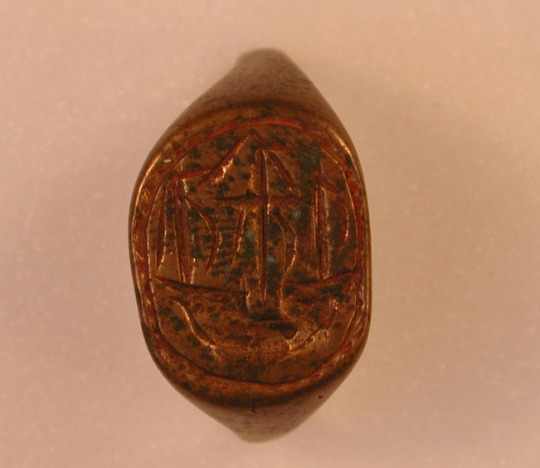
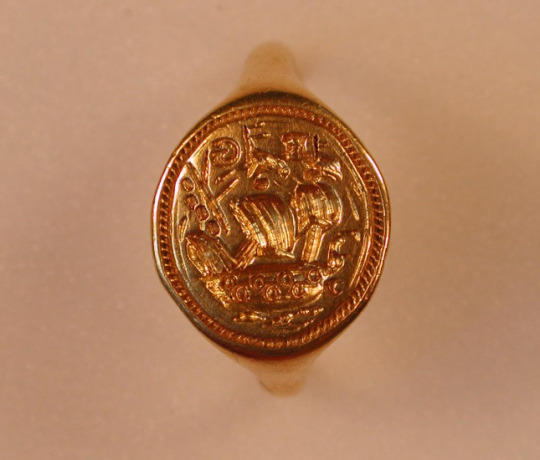
Four signet rings of merchant ship owners/captains, 16th -17th century
871 notes
·
View notes
Photo

Boat Tomb with 14 wooden vessels—some as long as 75 feet (22,86m) — from about 3000 B.C.
These 5,000-year-old wooden boats are the oldest planked craft ever found. Arranged like a fleet moored at a wharf, they lie in mud-brick graves beside a 1st-dynasty king’s funerary enclosure at Abydos, Egypt.
138 notes
·
View notes
Photo

David Morier’s series of paintings commissioned by the Duke of Cumberland were to illustrate the uniforms of every regiment in the British army in line with the Royal Warrant of 1751. In this modern version of Morier’s painting of a grenadier of the 1st Foot (the Royal Scots) in the Royal Collection, the red coat is fully open with the blue lapels buttoned back to waist level and the lower part of the front edges ornamented with buttons and white lace loops. The lace is plain white for all ranks to signify the seniority of the 1st Royal Regiment, as they were called from 1 July 1751, the date of the Royal Warrant. The shoulders of the coat are without wings at this stage but in 1752 these became regulation for grenadiers.
The red waistcoat is also laced and buttoned from the mid-chest down. The narrow buff waist-belt is worn under the coat and has a small black ammunition pouch on the front. A sword and bayonet are suspended on the left side. Breeches are blue, here, not red as in 1742. And the white knee gaiters extend half way up the thigh. His mitre cap has the St Andrew circle and crown with the red flap showing an embroidered white horse of Hanover.
26 notes
·
View notes
Text
Wedding Dress, 1795, silk, cotton
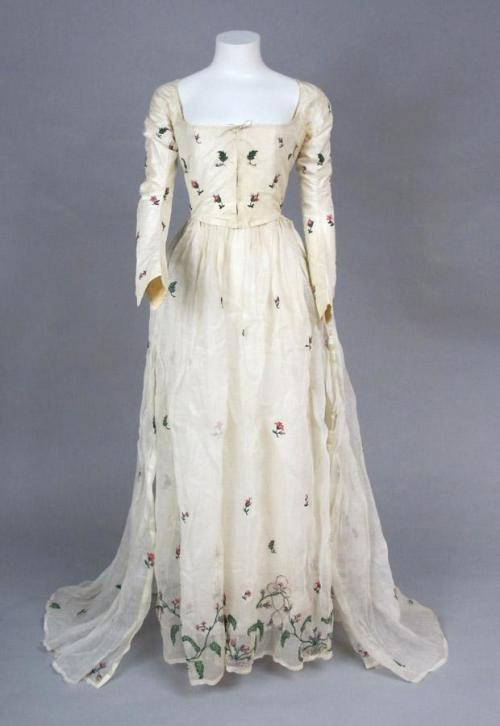
Rare transitional gown. The bodice in keeping with earlier 18th century construction in white silk embroidered with scattered rosebuds and carnations. The apron front skirt constructed in Directoire style. Sheer stiffened white mull overskirt. Hem with rich polychrome embroidery having delicate baskets filled with rosebuds, trailing vines, tasseled bows trimmed with sterling spangles. Ground embroidered with scattered rosebuds and tiny carnations. All densely worked in tambour stitch.
This silk embroidered dress was worn by Elizabeth Bull in 1795 when she married Richard William Hart. The dress shows the transition from 18th century construction and design to 19th century styles. The embroidery design consists of scattered rosebuds, carnations, trailing vines, bows, and baskets.
Connecticut Historical Society
1K notes
·
View notes